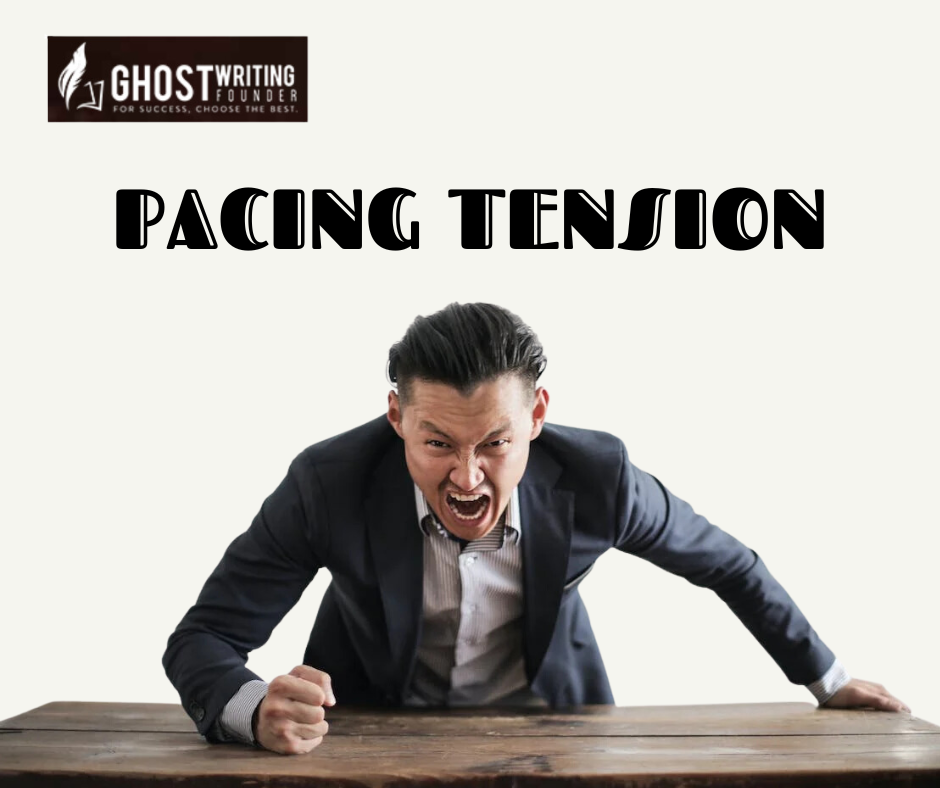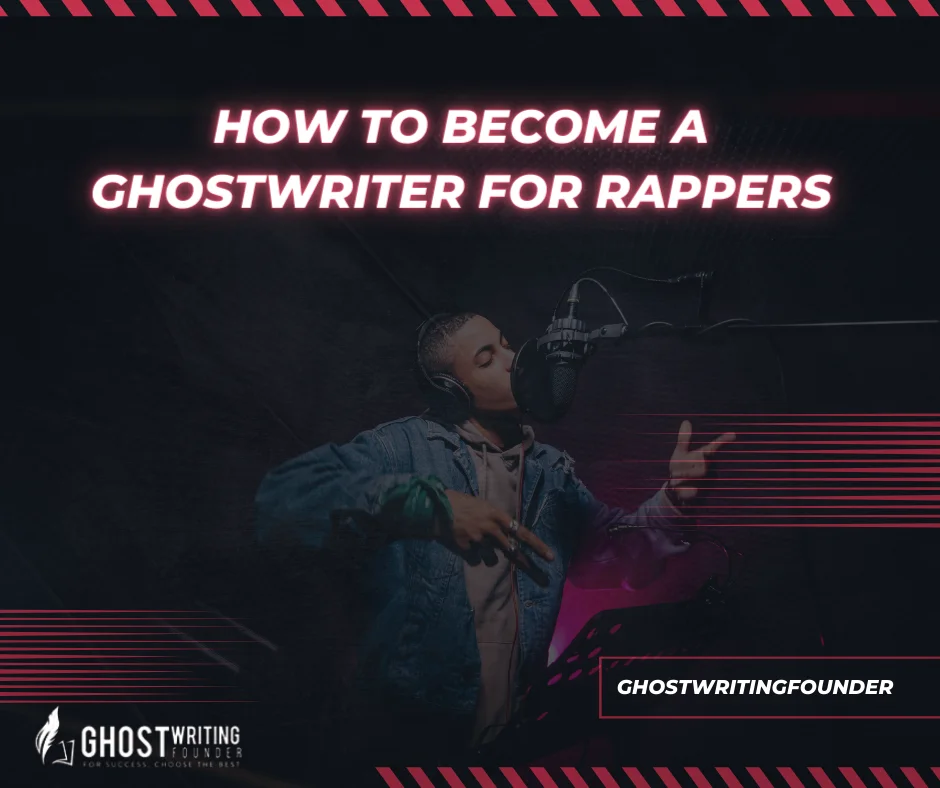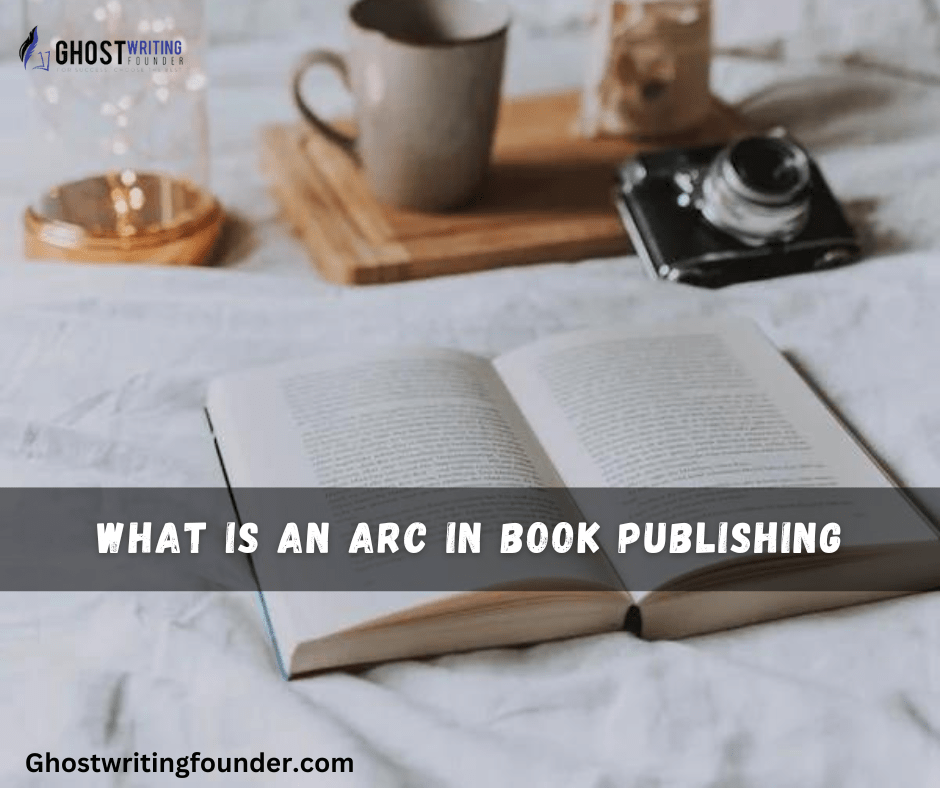
Business
Pacing is the secret ingredient that authors use to make stories thrilling and captivating. It’s like the heartbeat of a narrative, controlling when things speed up or slow down.
Think of it as a roller coaster ride, with ups and downs, twists and turns. Authors use pacing tension to keep us on the edge of our seats. This guide will explore how authors master the art of building pacing tension in their stories.
The Slow Build-Up
Imagine you’re watching a suspenseful movie, and the camera slowly zooms in on a closed door. The anticipation builds as you wonder what’s behind it. That’s what authors do with a slow build-up. They take their time to set the scene, introduce the characters, and give us a sense of the world we’re entering.
This gradual start allows us to connect with the characters and the setting. We start caring about what happens next because we’re emotionally invested.
The Quick Dash
Now, picture the scene where a menacing villain is chasing the hero. The pace quickens, and the sentences become shorter. This is the quick dash.
Authors use this pacing tension technique to create a sense of urgency and danger. It’s like the adrenaline rush you get in a race against time.
The quick dash keeps us turning pages rapidly because we want to discover if the hero will escape or the villain will catch them. It’s the part of the story that makes our hearts race.
Peaks and Valleys
Pacing isn’t all about going fast or slow. It’s about finding the right balance between peaks and valleys.
Like in music, where you have quiet moments followed by loud crescendos, stories have calm and intense action moments.
Authors strategically place these peaks and valleys to keep the tension rising and falling. It’s like a roller coaster that allows you to catch your breath before plunging into another thrilling drop.
Cliffhangers
Cliffhangers are a literary device that authors use to leave readers hanging by a thread at the end of a chapter or section. They’re akin to a magician pulling the tablecloth from beneath a set of dishes, leaving us in suspense.
This pacing tension technique works wonders for building tension and anticipation in a story.
Imagine you’re reading a gripping mystery novel. The detective has just uncovered a crucial clue, and you’re on the edge of your seat. Then, suddenly, the chapter ends with a cryptic message from an anonymous source.
You’re left wondering who sent it and what it means. This abrupt pause in the narrative is a cliffhanger.
This pacing tension strategy asks us, “What happens next?” or “How will the characters get out of this situation?”
Dialogue and Action
Dialogue and action are the engines that drive a story forward. The characters’ spoken words and physical movements reveal their intentions, motivations, and conflicts.
Authors use these elements to advance the plot and heighten their pacing tension.
Picture a courtroom drama where the lawyer is cross-examining a witness. The rapid-fire exchange of questions and answers creates a palpable tension in the room. Each word spoken is a strategic move; the reader can sense the stakes rising with every sentence.
Similarly, action sequences, like a daring escape or a high-stakes battle, propel the story forward while keeping us riveted. They’re like a roller coaster’s exhilarating twists and turns, except they happen on the page. We become emotionally invested in the characters’ fates because of such pacing tension techniques used by authors.
The Unpredictable Twist
Authors love throwing unexpected twists into the mix, especially using their pacing tension techniques.
It’s like taking a detour on a familiar road, keeping us guessing. Twists can come in the form of a shocking revelation about a character or a sudden change in the plot’s direction.
These surprises disrupt our expectations, and that’s precisely what authors aim for. They want to keep us engaged, and the element of surprise is a potent tool for doing just that.
The Power of Suspense
Suspense is the heart and soul of every writer because, without it, the novel is simply bland. With this amazing pacing tension technique, the Ghostwriting Founder writers reveal something big that is about to happen, but we don’t know when or what. Authors use suspense to make us anxious and eager to find out.
Think of it as waiting for a surprise party. You know something exciting is coming, but you can’t be sure when it’ll happen. The anticipation keeps you on edge, and that’s the magic of suspense in storytelling.
Character Development
Pacing isn’t only about action and plot; it’s also about character development. Authors use slower moments to get into a character’s thoughts, feelings, and backstory.
These insights help us connect with the characters on a deeper level.
Understanding their motivations and fears makes us more invested in their journey. It’s like getting to know a new friend; you care about their story because you know them better.
The Climactic Build-Up
As we approach the story’s climax, the pacing becomes faster and more intense. It’s like the final lap of a race or the last level of a video game. Authors use this heightened pace to make us feel the full weight of the story’s climax.
We’ve been on a journey with the characters, and now everything is coming to a head. The tension reaches its peak, and we can’t look away.
The Satisfying Resolution
After all the tension and excitement, every story needs a satisfying resolution. Authors use pacing to slow things down, tie up loose ends, and give us closure.
It’s like coming to the end of a thrilling adventure, and you get to savor the moment. The pacing allows us to reflect on the journey and feel fulfilled.
Essential Elements and Detailed Insights
| Technique | Description | Effect on Reader |
|---|---|---|
| The Slow Build-Up | Gradual introduction of setting and characters, creating an emotional investment in the story. | Builds anticipation and emotional connection. |
| The Quick Dash | Rapid pacing with shorter sentences to depict urgent, dangerous situations. | Increases heart rate and urgency, compelling rapid page-turning. |
| Peaks and Valleys | Balancing intense action with calm moments, similar to crescendos and decrescendos in music. | Keeps tension rising and falling, maintaining engagement. |
| Cliffhangers | Ending chapters or sections with unresolved, suspenseful situations. | Creates suspense and anticipation for what happens next. |
| Dialogue and Action | Use of character interactions and physical events to drive the story forward and reveal key elements. | Enhances engagement and reveals character motivations. |
| The Unpredictable Twist | Introducing unexpected plot or character developments to disrupt expectations. | Keeps readers guessing and engaged with surprising elements. |
| The Power of Suspense | Building anticipation for an unknown, significant event or revelation. | Creates a sense of anxiety and eagerness to discover more. |
| Character Development | Slower moments focusing on character thoughts, feelings, and backstory. | Deepens connection with characters and investment in their journey. |
| The Climactic Build-Up | Accelerating pace towards the story’s climax, heightening tension and stakes. | Increases excitement and anticipation for the climax. |
| The Satisfying Resolution | Slowing down the pace to tie up loose ends and provide closure after climax. | Offers a sense of fulfillment and reflection on the journey. |
Conclusion:
Authors use pacing tension techniques to manipulate our emotions, keep us engaged, and build tension in their stories. The ebb and flow, the rhythm, and the heartbeat make a narrative come to life.
So the next time you find yourself engrossed in a book or a movie, pay attention to the pacing, and you’ll discover the art behind the tension.









Leave a Reply